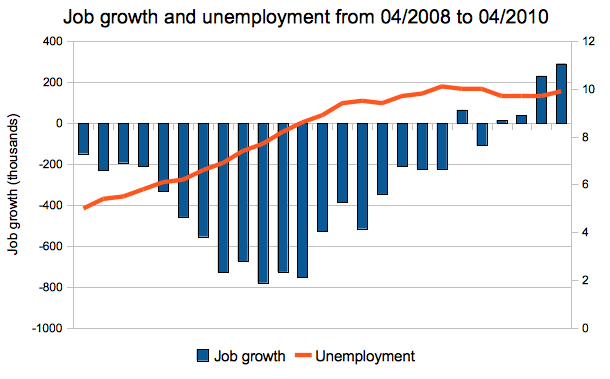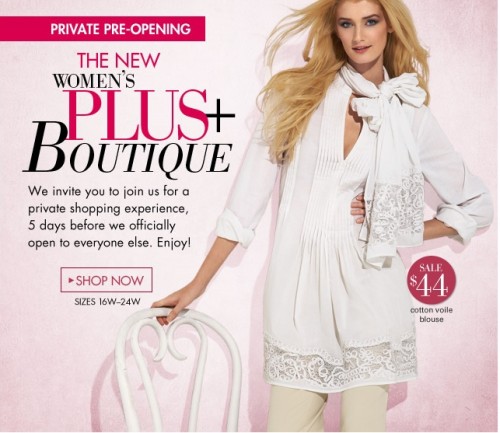Tom Schaller recently posted over at FiveThirtyEight about a new Hyundai commercial. The commercial suggests that you need to get a safe car because of all the young drivers on the road:
Here’s another:
Schaller argues that, while the commercials may be entertaining enough, he can’t help but wonder how people would react to similar commercials mocking the other age group over-represented in accidents — the elderly, according to the Insurance Institute for Highway Safety:
Is Hyundai wrong to say that teens, particularly those who just got their licenses, are more dangerous drivers than other age groups? No. But though people might joke about elderly drivers, I agree with Schaller — I can’t imagine a company putting out ads with a similar mocking tone and not immediately getting a ton of negative feedback ending in pulling the commercials and apologizing.
And this likely has a lot to do with the fact that older Americans are organized and represented by groups like the AARP and are thus able to wield political pressure and protest negative portrayals in a way that teens aren’t. This doesn’t mean that older people don’t get mocked (especially in TV shows and movies), but that a company is likely to be much more afraid of insulting them than insulting 16-year-olds.
Gwen Sharp is an associate professor of sociology at Nevada State College. You can follow her on Twitter at @gwensharpnv.










